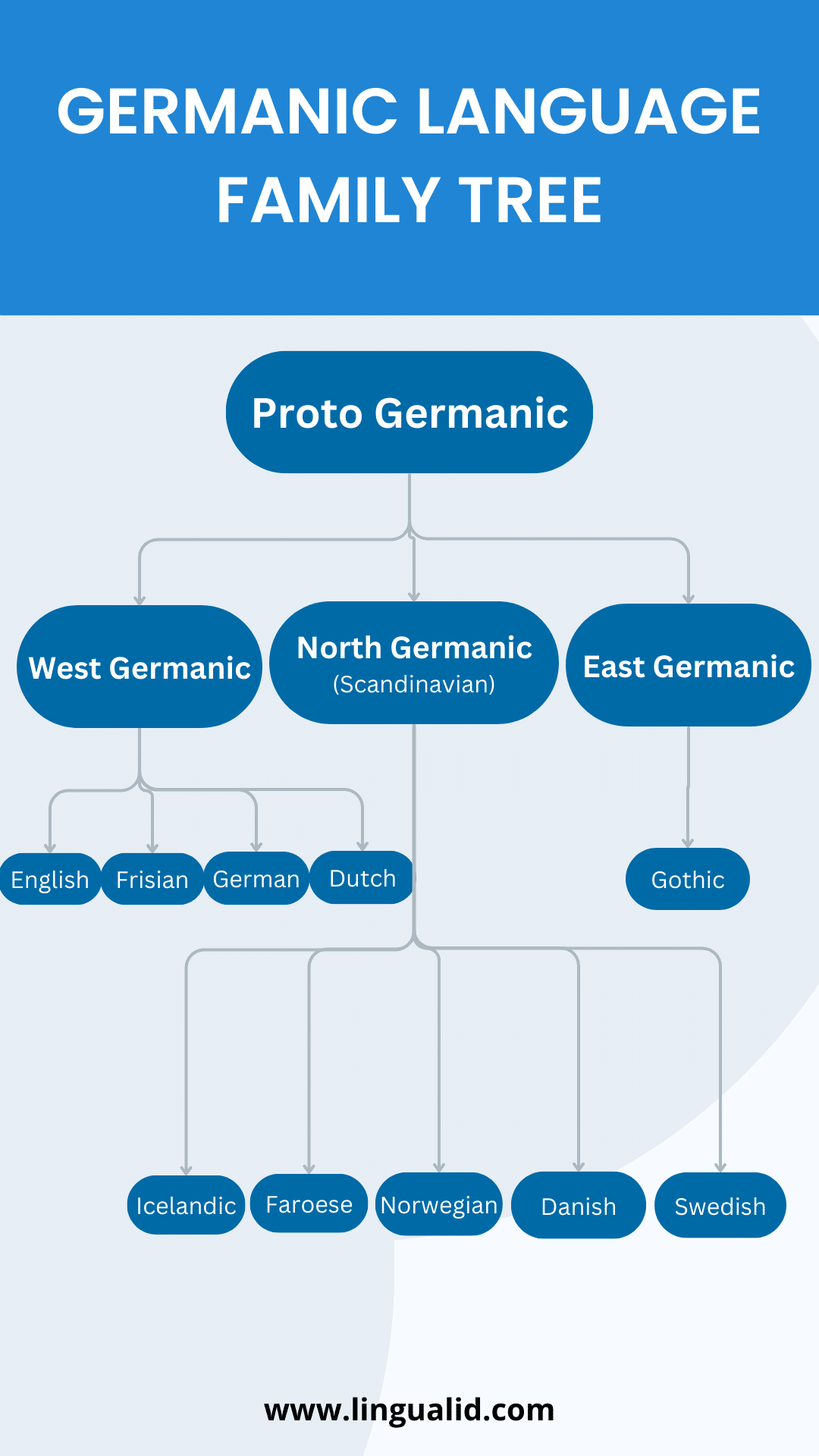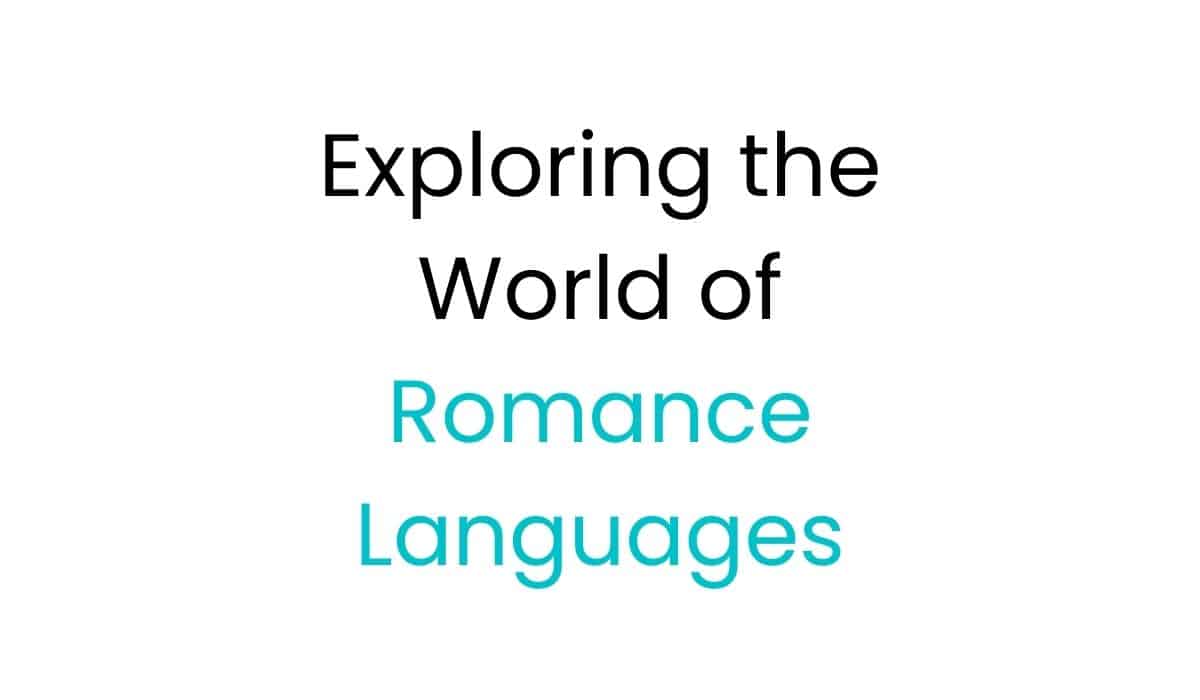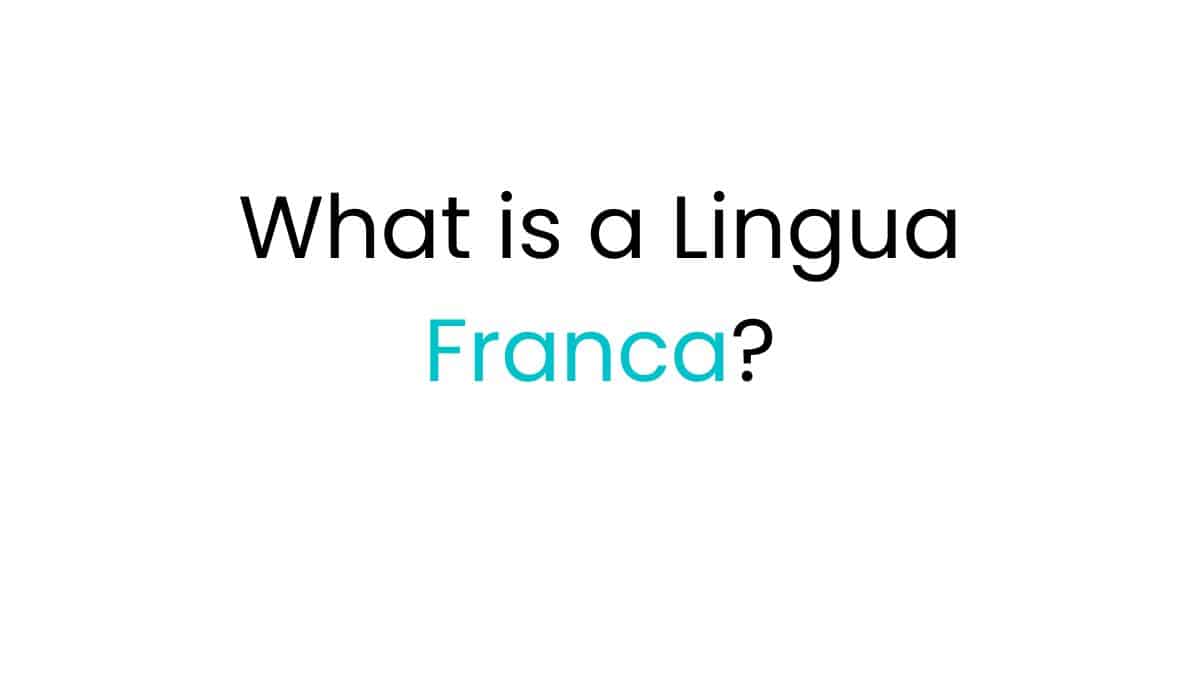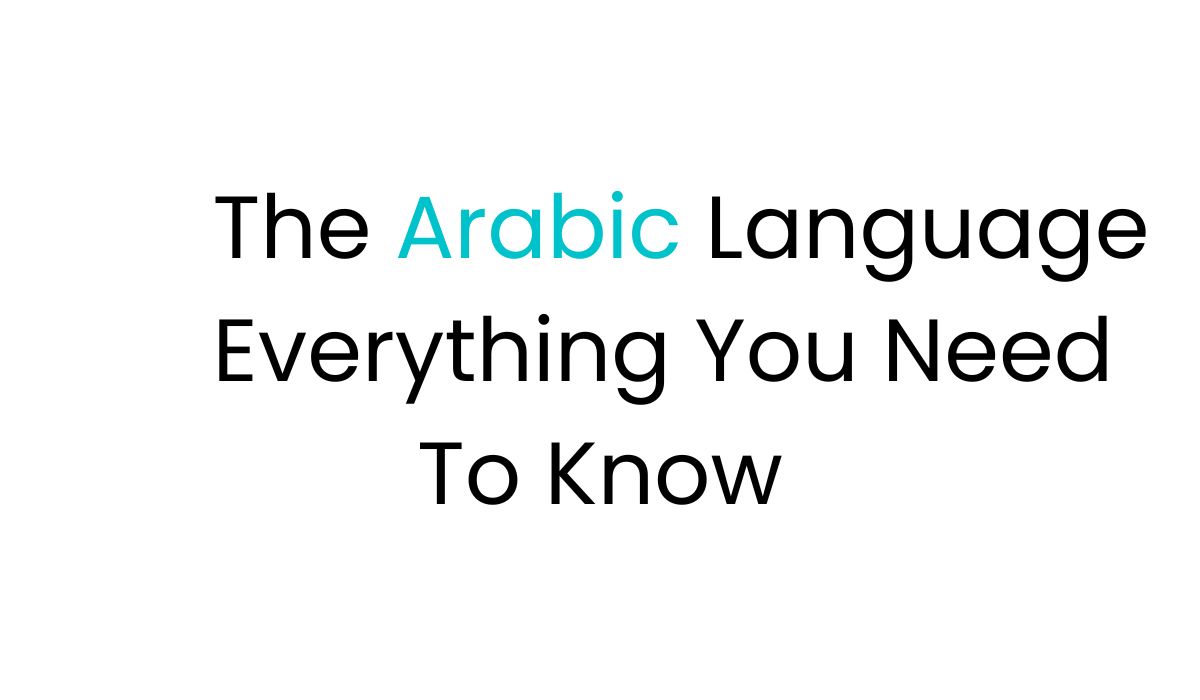Introduction
You’ve probably heard about language families, and today, we’re talking about the Germanic languages. Imagine, long, long ago, there was a language called Proto-Germanic, spoken around 500 BCE to the 5th century CE. Over time, it split into different branches, like how a family tree has many branches.
Now, you might wonder which languages are part of this language family and how they are similar or different today. Let’s find out together!
Key Takeaways:
- Linguistic Diversity: Germanic languages are part of a diverse language family, originating from Proto-Germanic and branching into various languages over time.
- Modern Languages: English, German, and Dutch are among the widely spoken modern Germanic languages, with English being a particularly global language.
- Shared Roots: Despite differences, all Germanic languages share a common ancestry in Proto-Germanic, resulting in linguistic similarities such as alphabets and word structures.
- Cultural Significance: Germanic languages have made significant contributions to literature, philosophy, and folklore, shaping global culture and thought.
- Preservation Efforts: Efforts are underway to preserve lesser-known Germanic languages, and their relevance in today’s interconnected world continues to grow.
What Are Germanic Languages And What’s Their Origin?
Languages have this interesting way of changing and splitting into new versions over time. Eventually, these versions become completely different languages. That’s why linguists organize languages into family trees, where the language at the very top is like the grandparent, often called a proto-language or parent language.
Now, let’s talk about the Germanic languages. They belong to the bigger Indo-European language family, which comes from Western Eurasia. There are around 520 million people who speak a Germanic language as their first language, and another two billion people speak one as a second language.
Even though each Germanic language can seem quite different, they all have a common ancestor in the Proto-Germanic language tree. That means they share a lot of similarities. For example, they use the same alphabet, have similar ways of building sentences and words, and even use many of the same words to talk about the same things.
Here’s a cool example: the English word “house” is kind of like “haus” in German, “huis” in Dutch, and “hus” in Swedish, Danish, and Norwegian. It’s pretty similar, right?
List of Germanic languages
Linguists usually split the Germanic language family into three branches: Northern, Eastern, and Western Germanic languages. By doing this, we can organize all the Germanic languages we have today.

East Germanic languages
While East Germanic languages, such as Gothic, have faded into history, their significance remains undeniable. Gothic, in particular, holds the distinction of being the earliest attested Germanic language, with surviving texts dating back to the 4th century.
- Burgundian
- Gothic
- Vandalic
West Germanic languages
The biggest of the three branches in the Germanic language family is the West Germanic branch. It’s home to the three most commonly spoken Germanic languages: English, German, and Dutch. Around 500 million people speak West Germanic languages as their first language.
- English
- German
- Frisian
- Dutch
- Afrikaans
- Yiddish
North Germanic languages
The Northern Germanic languages are also known as Scandinavian or Nordic languages. This whole branch descended from Old Norse and still enjoys quite a bit of mutual intelligibility between the languages today.
- Danish
- Faroese
- Icelandic
- Norwegian
- Swedish

How Similar Are Germanic Languages?
The Germanic family share some similarities because of their common ancestor. Let’s take a look at some of the similarities in words of some of the Western Germanic languages.
| ENGLISH | GERMAN | DUTCH | AFRIKAANS | FRISIAN |
| Creative | kreativ | creatief | kreatief | kreatyf |
| Water | Wasser | water | water | wetter |
| Better | besser | beter | beter | better |
| Summer | Sommer | zomer | somer | simmer |
| Flower | Blume | bloem | blom | blom |
| House | Haus | huis | huis | hûs |
| two | zwei | twee | twee | twa |
| apple | Apfel | appel | appel | apel |
| old | alt | oud | oud | âld |
Which Germanic Language Should I Learn?
Good news! If you’re reading this, you already speak a Germanic language – English! This is a solid foundation for learning more in this group.
Now, for your next language, it depends on your goals. If you want to reach a lot of people, go for German. If the idea of a tougher language worries you, start with Dutch or Norwegian. They’re some of the easiest for English speakers and can prepare you for other languages from this family in the future.
Conclusion
To summarize, the Germanic language family is like a fascinating puzzle piece in our world’s languages. It started long ago with Proto-Germanic and has grown into new languages like German and English today. This language family has a unique story, and as we honor its history and today, let’s also protect it for tomorrow.
Oualid Cheddadi is the founder of Lingualid, a platform that inspires independent language learners worldwide, regardless of the language they are learning. The name “Lingualid” is derived from the Portuguese word for “language,” “língua,” and the last three letters of Oualid’s name, “Lid.”




Very informative content. Can’t wait to learn the german language.
Let’s go!